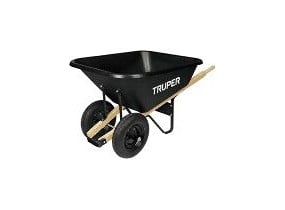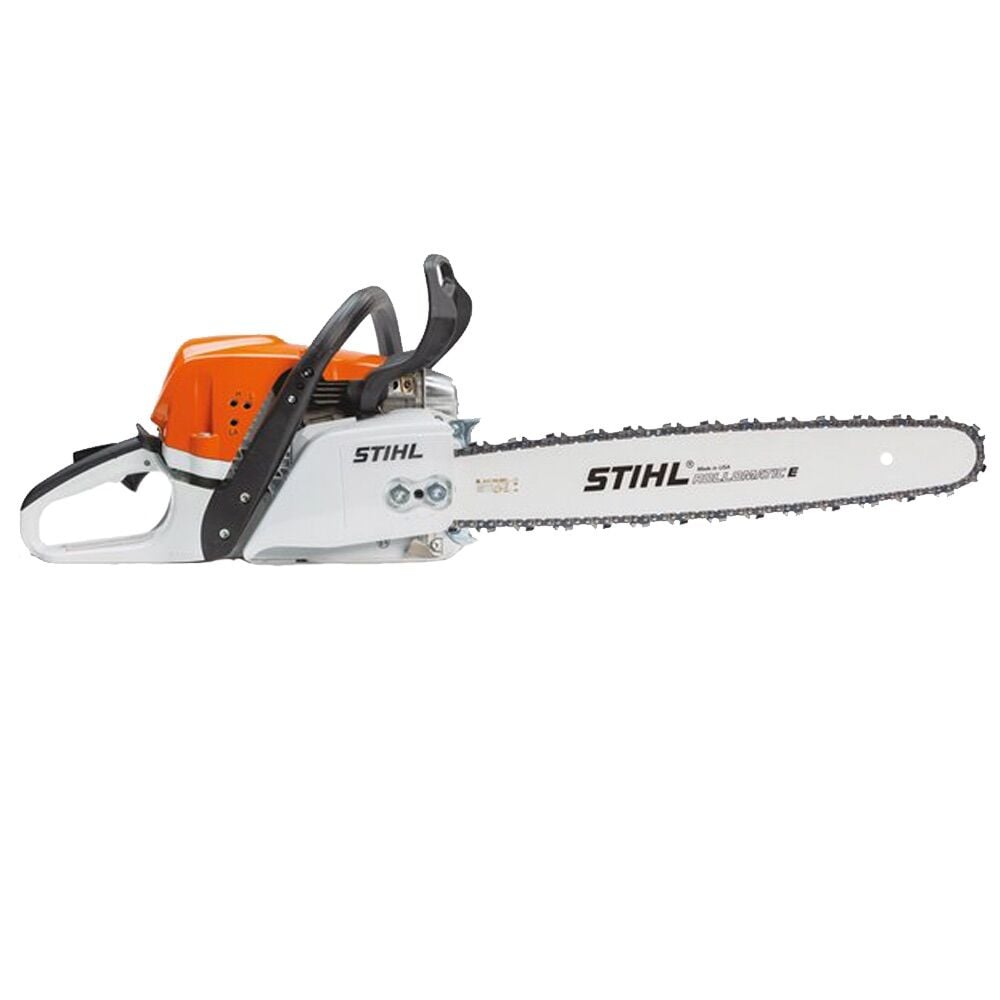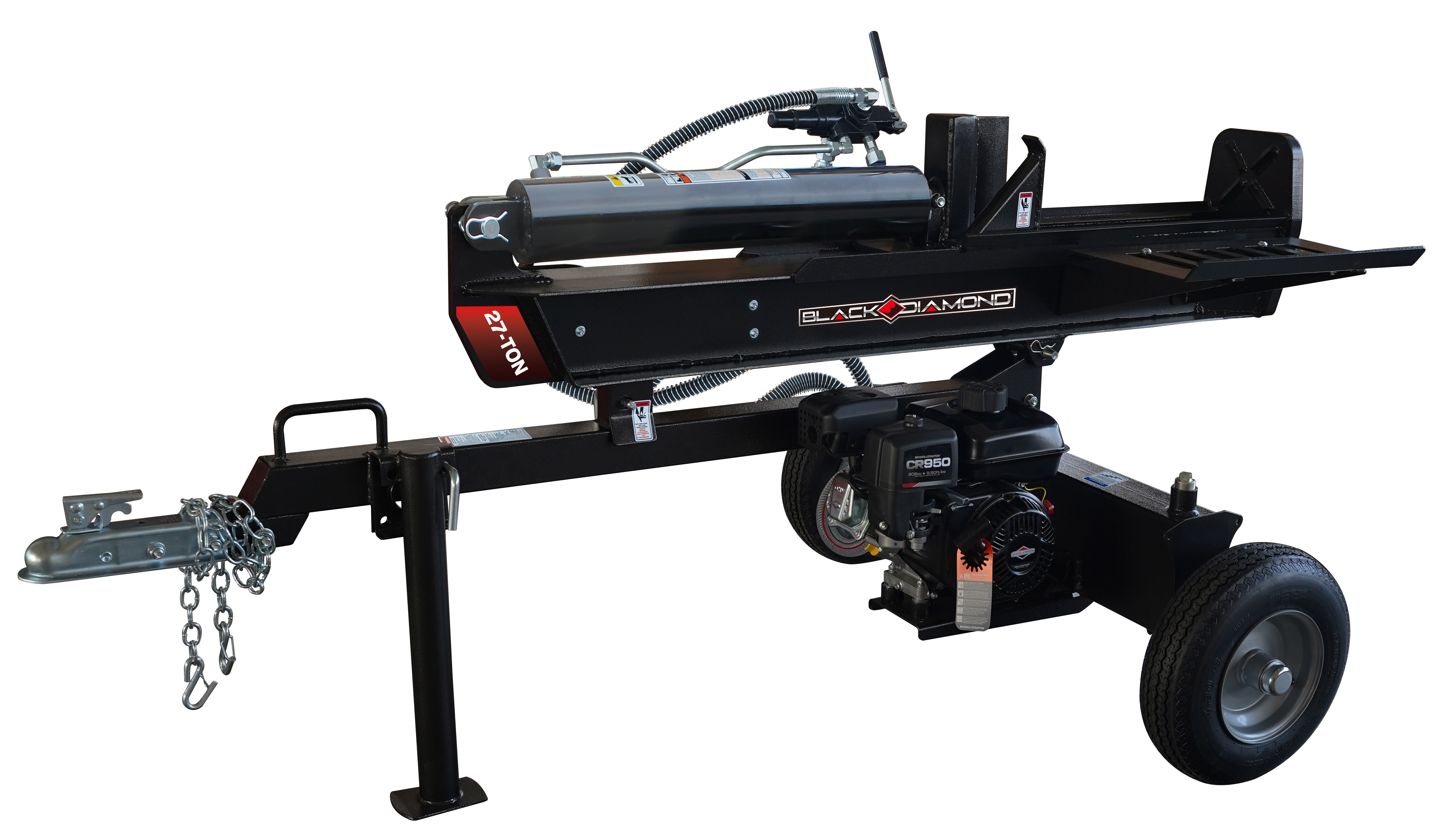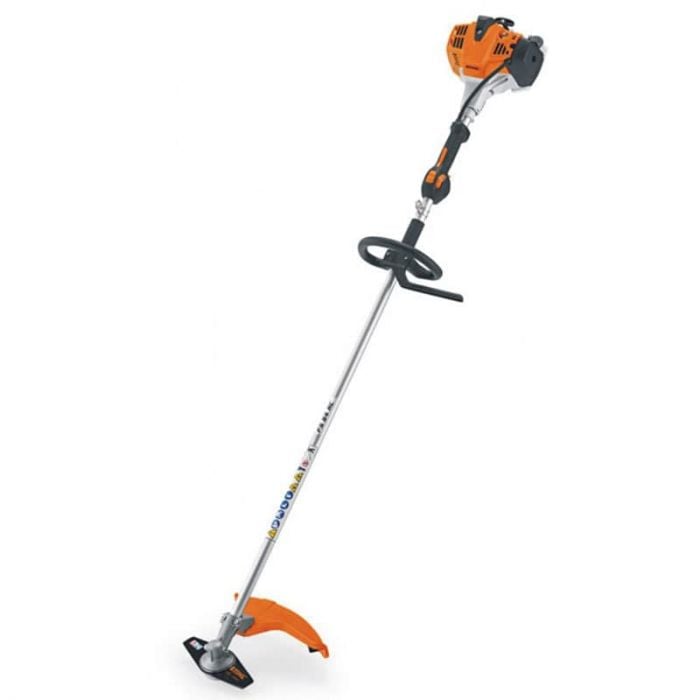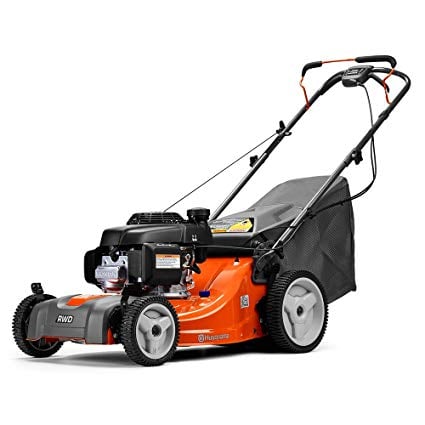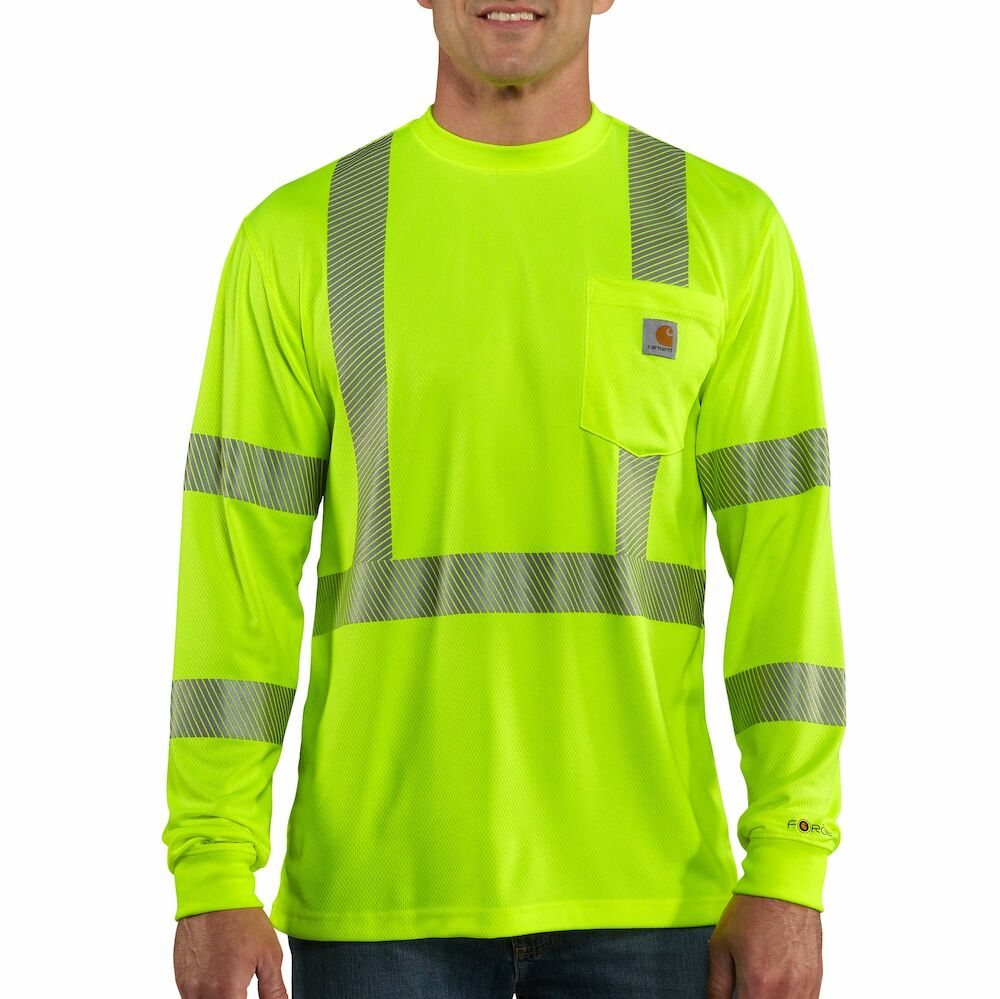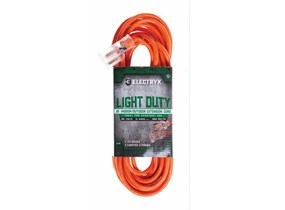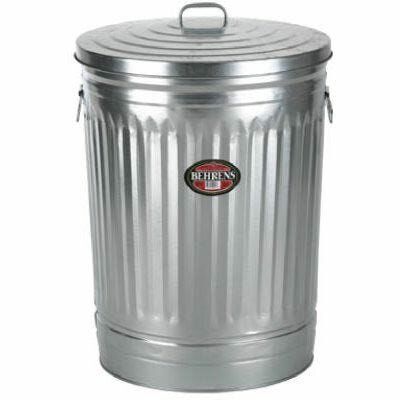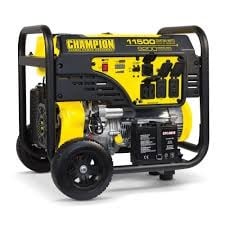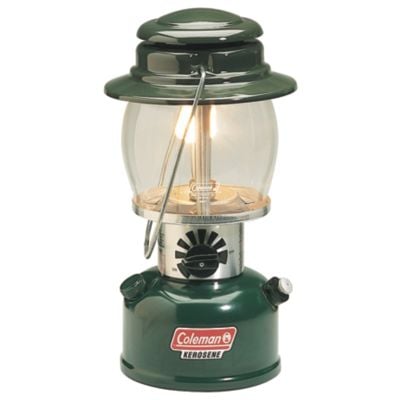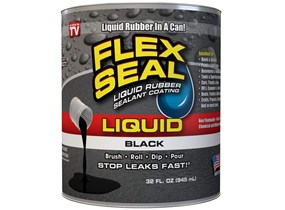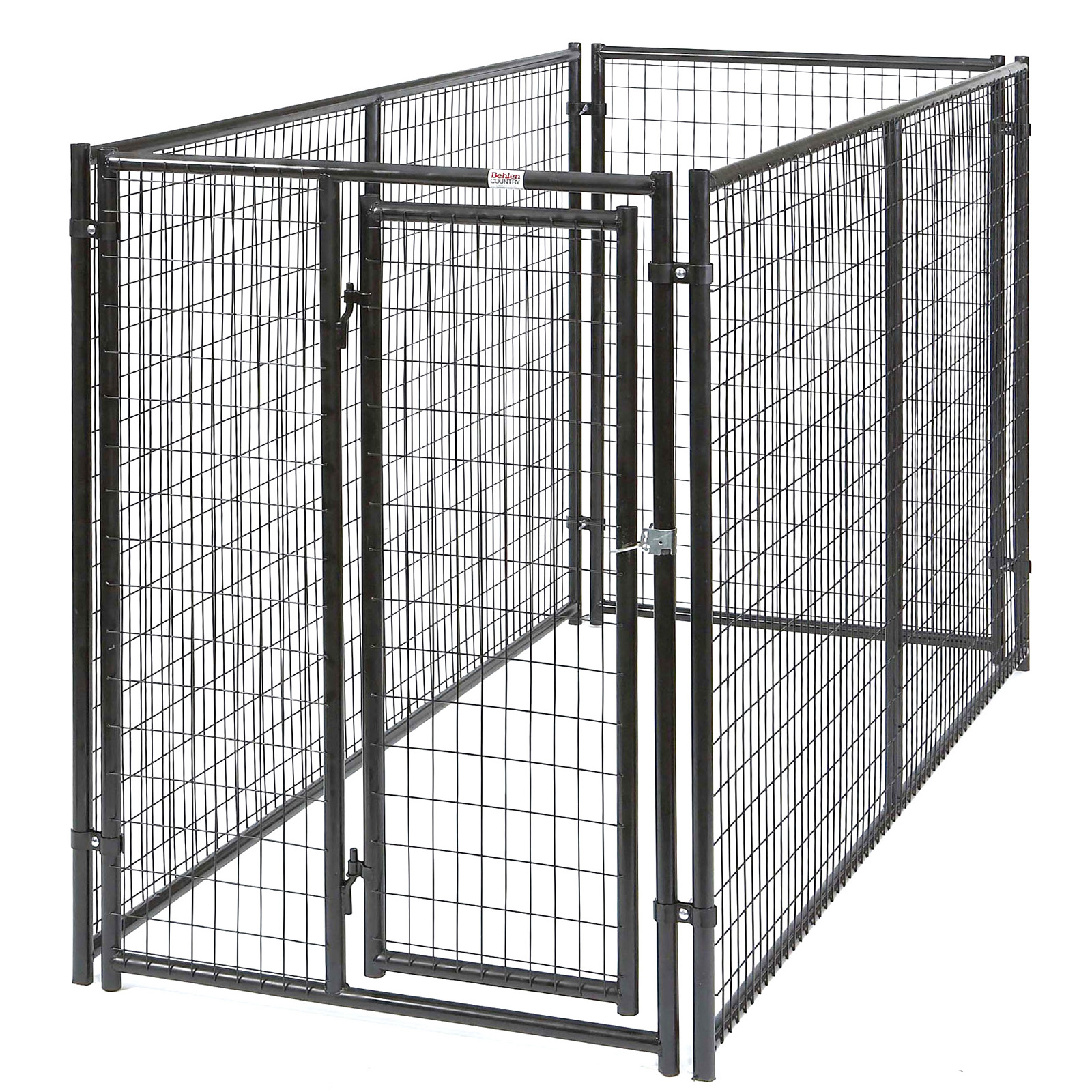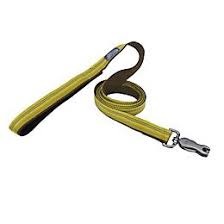Wildfire Preparedness
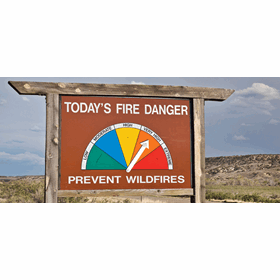
Living in Oregon and Washington, landowners know what kind of devastation can result from wildfires. We are well into the 2021 fire season, and as of July 8, the National Interagency Fire Center (NIFC) reported more than 32,000 fires and more than 1.6 million acres burned across the country. The Bootleg Wildfire currently burning in Southern Oregon is the largest in the nation having burned through more than 200,000 acres. NIFC’s Predictive Services place the Pacific Northwest in a higher than normal risk category for the remainder of July – October.
Of course, rural communities face unique fire-related challenges due to the geographic distance between communities and between residences in our communities.
So, how can you reduce the risk of wildfire on your property and help to ensure the safety of all you are responsible for? We’ll break it down for you.
Creating a Defensible Space
Creating a defensible space is more than just clearing out the dry grass and shrubs. It’s about creating a fire-resistant space – meaning a space that can experience a wildfire and survive mostly intact.
The first step to this is understanding the Home Ignition Zone (HIZ). The HIZ is generally defined as the home itself and everything within 100 feet. According to Oregon State University’s Extension Service, the condition of your HIZ is the primary factor that determines whether your home will survive a wildfire.
- The HIZ is divided into three zones, each requiring different treatment:
- The immediate zone, which includes the home and extends outward for 5 feet.
- The intermediate zone, which extends from 5 to 30 feet.
- The extended zone, which extends from 30 to 100 feet (more on steeper slopes).
In the Immediate Zone, keep your roof and gutters clear of debris and tree litter, install metal mesh screening with 1/8-inch openings to prevent burning embers from entering your home, ensure your roof is made of a combustion-resistant material such as clay tiles or composition shingles. Maintain a noncombustible area of at least five feet around your house using gravel, rock mulches, or hard surfaces such as brick or pavers. You’ll want to keep the patio furniture and even welcome mats in an enclosed storage area as they can catch fire from falling embers.
In the Intermediate Zone, keep it lean, clean, and green. Maintain a low density of vegetation in general and choose fire-resistant plants to keep in this zone. Keep the plants healthy and green with sufficient watering during fire season. Keep it clean by mowing regularly and removing any dead or dry plants before they become a hazard.
In the Extended Zone and beyond, remove dead plants, keep the grass mowed to 4-inches or shorter, and prune low-hanging branches. When possible, thin out dense patches of trees and shrubs to create separation between them in order to slow the spread of fire. Breaking up the canopy, or reducing the connection between tree crowns, reduces the chance that high-intensity crown fires will approach your home.
Here are some additional resources to help you keep your home and property safe from wildfire:
“A Defensible Space and Fuel Reduction Guide to Homeowners and Landowners.”
National Fire Protection Agency: Farms
National Wildfire Coordinating Group: Fire Safety for Farm and Ranch
National Fire Protection Agency: Barn Safety Checklist PDF
Defensible Space Development Tools
Have an Evacuation Plan
According to the National Wildfire Coordinating Group, farmers and ranchers should create and practice a thorough evacuation plan:
- Communicate early with fire professionals to coordinate firefighting on your property.
- Keep copies of gate keys and a written list of combinations in a known location.
- Mow grass and trim back weeds around pastures and structures to create and maintain firebreaks.
- Create a fuel-free space around all fuel tanks and structures. Ground all fueling nozzles to avoid sparking a fire.
- Create a safety zone for firefighting equipment and water supply that is clear of combustible fuels.
- Reinforce fences with metal posts.
- Make sure the wiring is grounded.
- Check hay bale moisture content often and keep adequate fire equipment on site.
- Use spark arresters and check for dragging metal components on all equipment.
- Create a livestock evacuation plan.
- Ensure proper registration and branding of livestock.
- Have a plan for feeding livestock if grazing land is destroyed by fire.
- Open-unlock gates so livestock can escape flames.
- Hook up your stock trailer(s) early and be ready for an evacuation.
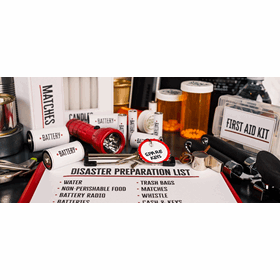
Emergency Kits
In the event of a wildfire, you’ll want to be ready to evacuate as quickly as possible, and you’ll want to be prepared to spend a few days away from home. Preparing and storing a 72-hour emergency kit for the fire season will make any necessary evacuations operate smoothly and will put your mind at ease knowing you are prepared.
According to the American Red Cross, Ready.gov, and FEMA, every family should have several days of food, water, and other essentials on hand:
Emergency Kit Supplies
Shop by Category
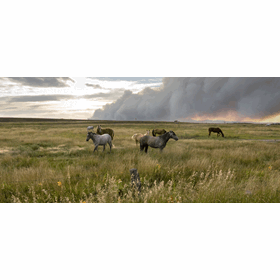
Making Emergency Plans for Your Animals
Whether it’s a dog, cat, hamster, or horse, ensuring your animals survive an emergency starts with preparation and planning. First, identify who is responsible for finding and crating each pet. Include a confirmation plan to ensure every person and pet is accounted for before evacuating. For horses and livestock, have a trailer handy at all times and teach your animals how to trailer quickly.
Leave Early
Don’t wait for mandatory evacuation orders. Give yourself time to gather your 72-hour emergency kit, people, pets, and livestock. Leaving early will also help you avoid heavy traffic, which can be especially difficult when towing a large trailer.
Get Your Pets and Horses Microchipped
This could help you locate them later if you get separated.
Assemble and Store an Animal Supply Kit
This should include enough water and food for up to 72 hours. Other items to include:
- Medications, medical records, and important documents along with a first-aid kit. This can be especially important for horses. Keep these items updated and current.
- A photo of you with each animal. This will help identify them and prove ownership.
- Emergency contact information. Include the names and phone numbers of nearby veterinarians and animal hospitals as well as boarding facilities if necessary. Keep the list updated as needed.
Plan Ahead for Your Pets (dogs, cats, etc.)
Have an extra leash and sanitation bags or litter items in your family’s 72-hour emergency kit along with:
- Crate or pet carriers.
- Food and water bowls.
- Familiar toys and treats. These can help calm your pet during stressful situations.
Plan Ahead for Your Equine
Preparing horses for a wildfire evacuation requires an extra level of planning, preparedness, and practice. Building an evacuation kit for each horse, and having a plan for them that’s been practiced, increases the potential your horse(s) will be able to leave when you do.
Try these tips from the pros:
- Teach horses and livestock how to trailer.
- Practicing your evacuation route using your horse trailer ensures it’s compatible with the road’s width and grade on each potential exit route from your home.
- Make sure your horses are used to wearing a halter.
- Have them interact with strangers. If emergency crews need to save your horse, making them less timid around strangers could save their life and protect first-responders.
- Form a horse or livestock network. Find people you trust who could care for your animals in the event of an emergency.
- Add items to their 72-hour emergency kit, including medications, a flash drive with all health records saved, leads, ropes, halters, shanks, leg wraps, a turnout blanket, hoof pick, tarps, shovel, water hose, duct tape, and wire cutters.
- Always take into consideration that large animals take extra time to evacuate.
For more information on keeping your pets safe and healthy during a disaster, visit the Center for Disease Control's Pet Safety in Emergencies.
